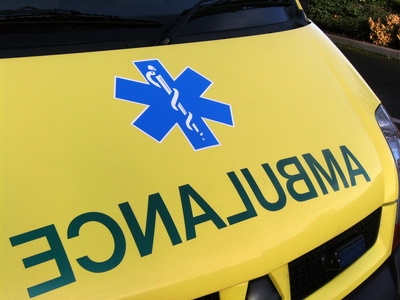
The differential systems on automobiles include a set of gears that take power from the drive train and split it between the wheels. In a front-wheel drive, for example, all power is sent to the two front wheels, where the differential distributes it between them. A four-wheel drive has two differentials to enable power to all four wheels. There are many variations of differentials. The limited slip differential, in particular, provides one important benefit, especially when driving in less-than-ideal conditions.
When a wheel loses traction -- either due to breaking contact with an uneven surface or because a surface is slippery from water, ice or mud -- a standard differential system continues to send power to the wheel. This does not help you regain control of the vehicle or get it moving if stuck. A limited slip differential will direct more power to a wheel that still has traction. That can make the difference between being stuck in the mud and pulling free, or between spinning out of control and staying on the road.
If you drive a vehicle daily, eventually you'll be faced with less-than-ideal road conditions, and a limited slip differential may come in handy. Emergency vehicles, off-road vehicles and four-wheel drive vehicles typically need limited slip differentials to enable them to work in inclement conditions.
There are several different technologies used by car manufacturers to make limited slip differentials. One technology is the viscous coupling. The gear shafts that transfer power are encased in a thick liquid. When one wheel loses traction, the gear mechanism and liquid transfer more power to the other wheel. The most common type of limited slip differential is clutch-driven. This type of system can be executed in many different ways, but the underlying principle is the same. A mechanism such as a spring or a hydraulic actuator detects when a wheel loses traction and transfers power to the other wheel. A third type is an electronic system. This system uses electronic sensors to distribute torque. Although it can be very accurate, some say it is less reliable than the other systems.